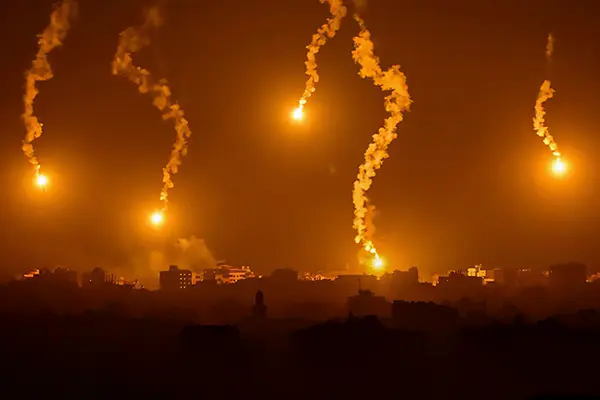Researchers from the Foundation for Defense of Democracies (FDD) noted an intriguing announcement from the Gaza Health Ministry on April 6th. It stated that there is insufficient or no data on 11,371 out of 33,091 deceased Palestinians. Officially, this means the absence of identification numbers, full names, birth or death dates. Essentially, little to nothing is known about these individuals, except for their inclusion on a casualty list. Interestingly, this figure is 900 less than the number of «unknowns» reported three days prior, raising questions about what transpired during that period.
Information Source Crucial – The Ministry of Health previously admitted to lacking precise data on over 15,000 fatalities, yet they are confident of these deaths based on «reliable media sources,» without specifying which outlets. Initially, Palestinian officials claimed—and continue to assert in reports—that actual figures are derived from hospital admissions. However, for media purposes, details are vague. Official reports necessitate source disclosure, revealing that up to a third of the reported deaths are from «reliable sources.»

Conflict Casualty Analysis
According to the IDF’s data, the death toll in the Gaza conflict presents a distinct scenario. With over 12,000 militants reported eliminated and an understated number of 11,000, the total fatalities reach approximately 25,000. Remarkably, at least 50% of these were Hamas terrorists. This ratio stands out in urban warfare, where civilian casualties typically far exceed combatant losses, with usual figures around 7–8 civilians for every fighter. However, in this conflict, the ratio is an unprecedented 1:1. This phenomenon represents an exceptional case of «genocide» that will likely become a subject of study in military institutions.
Data Collection Concerns
Experts have long questioned the integrity of data collection, particularly highlighted by the Health Ministry of Gaza’s reporting from October 26 to November 10 last year. Their daily casualty reports, which oddly showed a steady increase that defies real-world chaos, averaged 270 casualties daily, with a variance of 15%. The data oddly lacked correlation between female and child casualties, defying the expectation that spikes in female deaths would parallel child fatalities. This absence of logical consistency in the reports casts doubt on their validity.
Discrepancies in Gaza Casualty Reports
Reports indicate instances of «resurrections» among Gaza’s deceased. Notably, on October 29, the death toll for men dropped by 29 from the previous day. It appears the casualty count may have been manipulated to fit a pre-set narrative. Hamas directives seemingly required that at least 70% of the victims be women and children, leading to potential arbitrary inclusion in the count. It’s worth noting that such a high percentage of female and child casualties is unprecedented in Israel’s numerous military actions in Gaza.
It’s noteworthy to mention the situation regarding male casualties. On February 15, HAMAS acknowledged the loss of 6,000 fighters, which was a significant figure equivalent to 20% of the total reported deaths at that time. This implies that only about 10% of those who died were non-combatant males, which presents as a peculiar statistic.















Leave a Reply